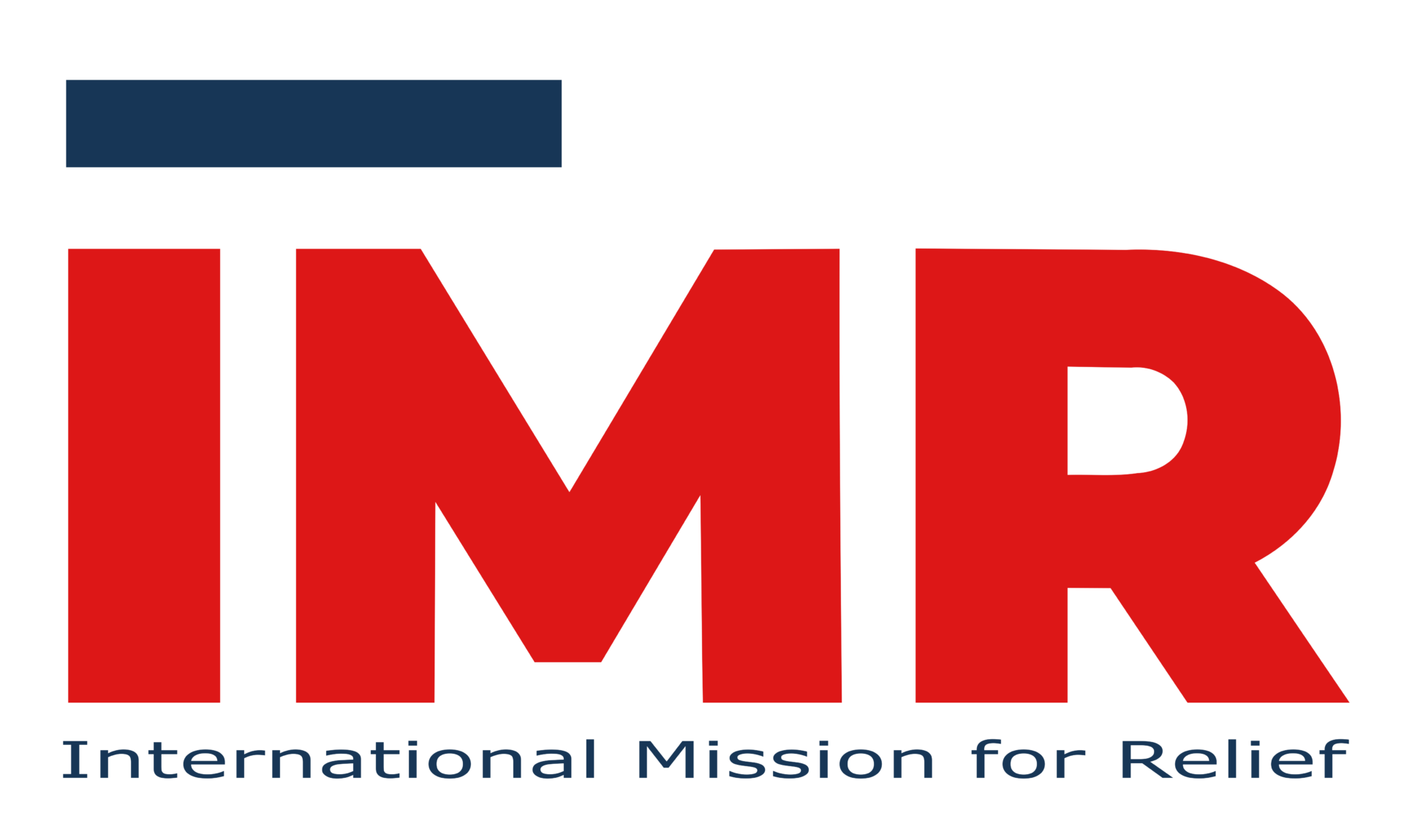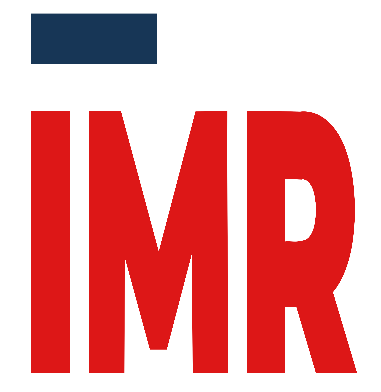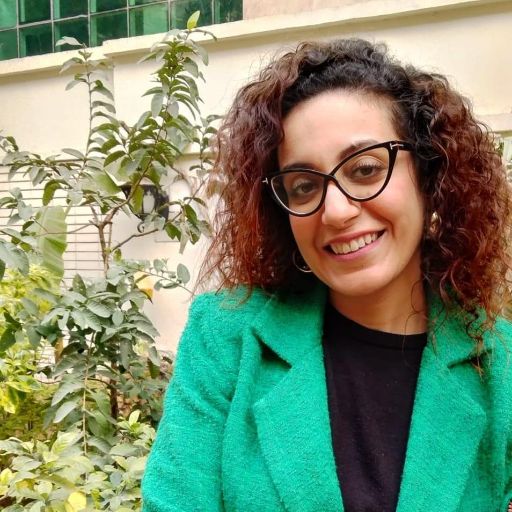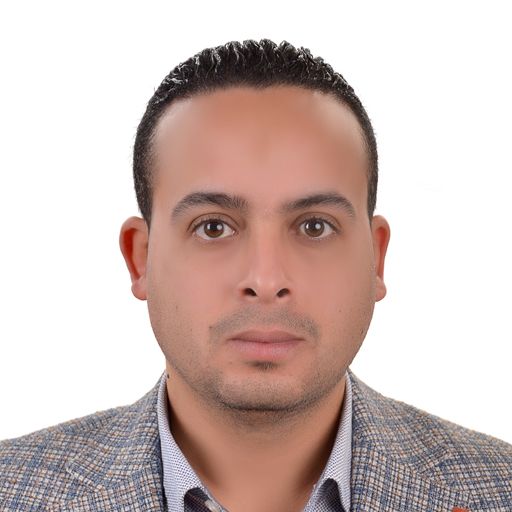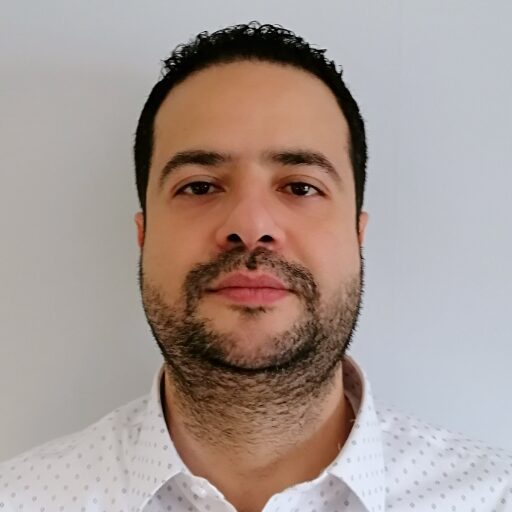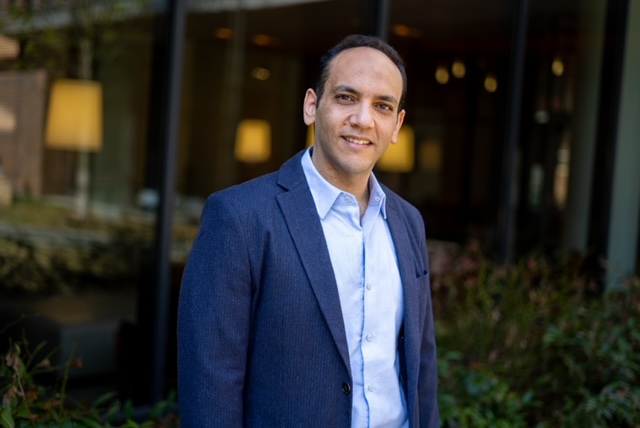Gaza Humanitarian Crisis
HUNGER – By February 2024, the entire population in Gaza will be in crisis phase (IPC 3) or above —the largest share of any population facing such severe food insecurity ever monitored by the IPC initiative. (World Bank)
ENERGY, WATER – The blockade in Gaza has cut off 2 million civilians from access to food, electricity, and fuel. 80% of them (1.6 million) were forced to flee their homes, leading to overcrowded shelters, and massive strain on any available water and sanitation services.
PUBLIC HEALTH DISASTER – The health care system has completely collapsed with overcrowded hospitals and few medical supplies, according to the World Health Organization and Doctors Without Borders. Only around 16 out of 36 hospitals in Gaza are “minimally or partially functioning” as of January 2024.
The crisis is exacerbated by a significant shortage of medical staff and lack of essential medical supplies. The WHO expects that more people will die of disease if the health system and basics of life are not restored.
The escalation of violence has caused Gaza to experience suffering from multiple disasters at once: hunger, thirst, lack of sanitation, disease, and serious threat to life.
While issues related to the delivery of humanitarian aid persist, IMRelief is able to work with partners on the ground to deliver the following per giving levels:
- $100 Food for ten families
- $240 Clean water for ten families
- $350 Life essential medicine for ten patients
- $500 Family survival pack (blankets, mattresses and utilities) for three families
